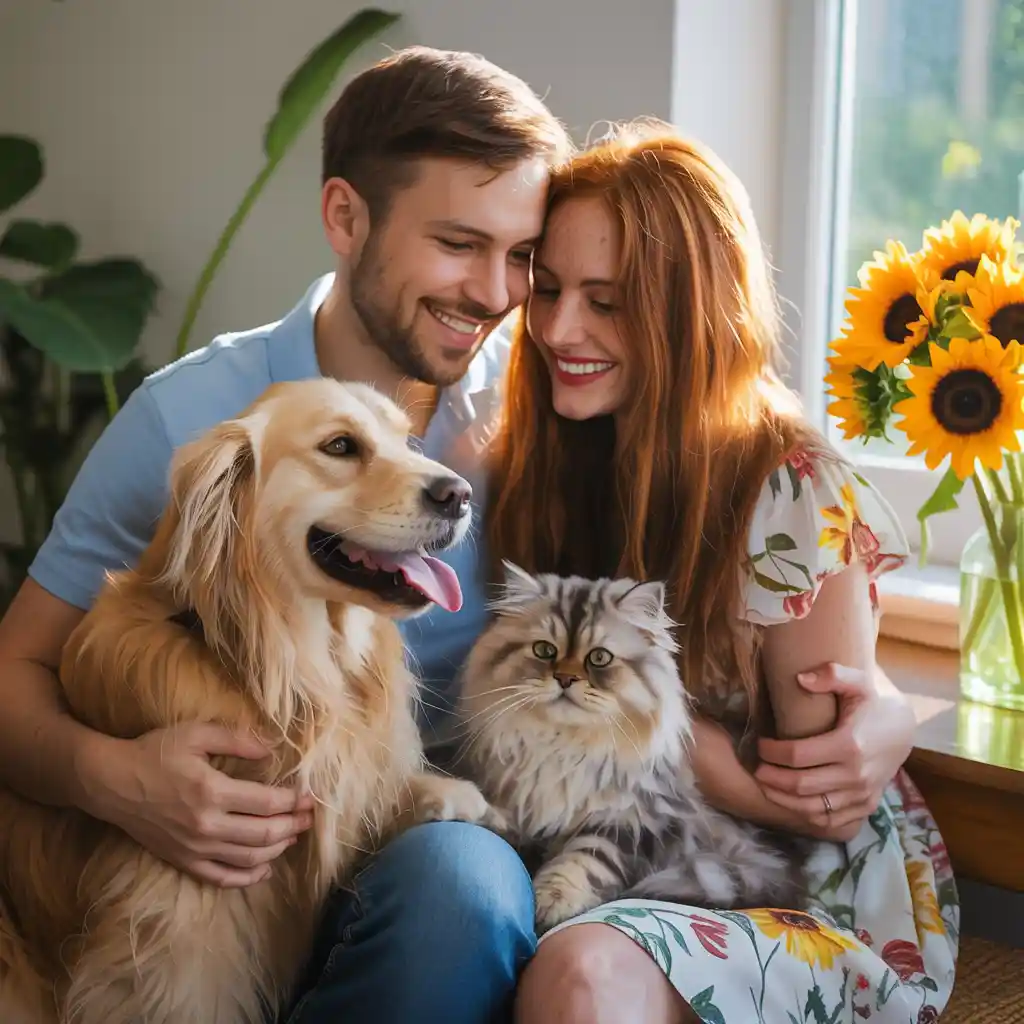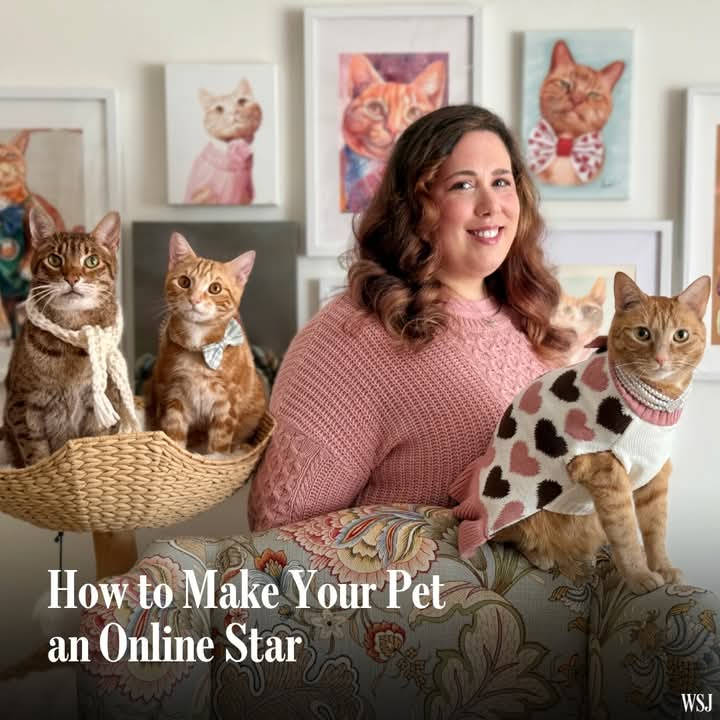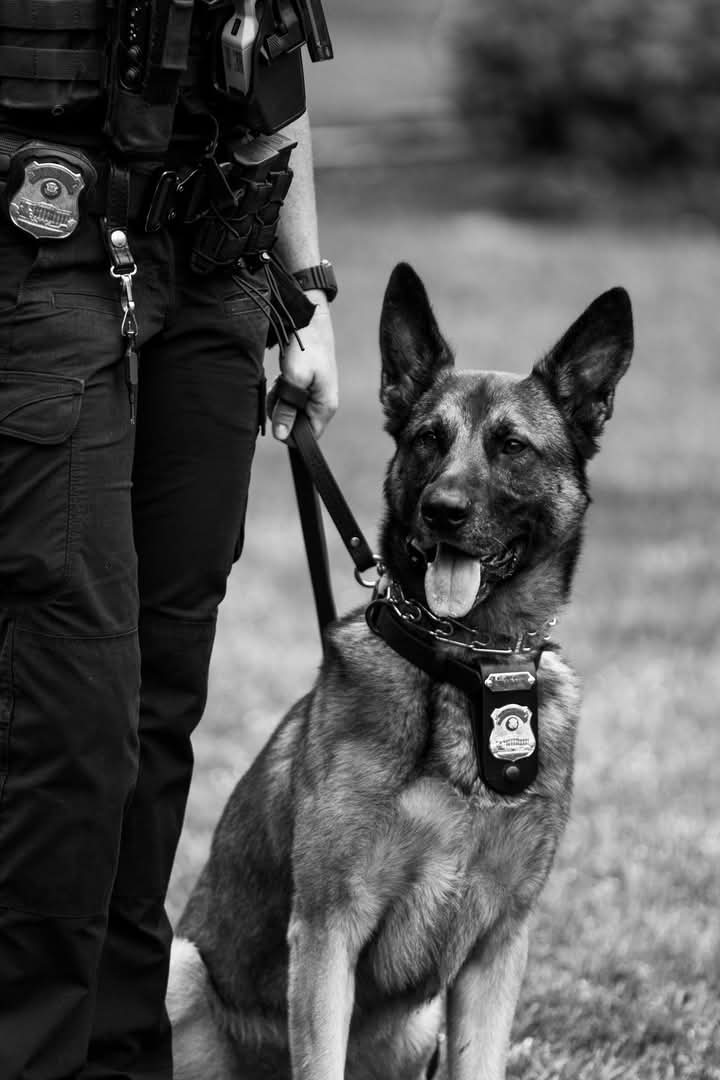The Heart That Sees: A Tale of Unexpected Angel
In the quiet town of Rustburg, Virginia, on an ordinary Saturday morning, something extraordinary was about to unfold. Like many stories that change lives, it began simply enough – with a church adoption event, folding chairs arranged in neat rows, and the hopeful eyes of shelter animals seeking forever homes.
Among them sat Sienna, a gentle soul with the mixed heritage of a labradoodle and pit bull. Found wandering as a stray, she had learned to read the world through different eyes – the eyes of one who had known abandonment and chosen trust anyway. Her story was about to intersect with that of Josh Davis, a man who had learned to navigate life with epilepsy, carrying within himself the constant awareness of his body’s unpredictable rhythms.
As Winston Churchill once said during Britain’s darkest hour, “We make a living by what we get, but we make a life by what we give.” Sienna’s great gift was beautifully simple – a quiet act of sitting by a stranger’s feet and placing her paw on his leg. But in that gesture lay the wisdom that Eleanor Roosevelt spoke of when she said that great minds discuss ideas, not because they have formal training, but because they possess the courage to act on intuition.
Josh had forgotten his medication that morning, a simple human mistake that could have had devastating consequences. But Sienna, with no formal training, no certificates or credentials, possessed something far more valuable – the kind of deep empathy that moved Louis Pasteur to spend his life studying disease not for glory, but because he understood that “chance favors the prepared mind.” Sienna’s mind was prepared not by books, but by love.
The shelter dog who had been discarded by someone else’s carelessness became the guardian angel who prevented a medical crisis. This echoes the spirit of Harriet Tubman, who trusted her instincts to guide enslaved people to freedom through the Underground Railroad. Like Tubman, Sienna didn’t wait for permission or official sanction – she simply saw a need and responded. Both women understood that sometimes the most important qualifications are courage and compassion, not formal credentials.
Helen Keller, who knew something about being underestimated because of her disabilities, once wrote that “the best and most beautiful things in the world cannot be seen or even touched – they must be felt with the heart.” Sienna felt with her heart what trained medical professionals spend years learning to recognize. She saw what others missed because she looked with love rather than logic, much like how Frederick Douglass learned to read not in classrooms but through determination and the kindness of strangers who recognized his hunger for knowledge.
When Sienna found her forever home with a Roanoke family whose son also lives with epilepsy, it felt less like coincidence and more like the kind of destiny that brought together unlikely partnerships throughout history. As the shelter noted, she had “chosen her special person and has not left his side.” This reminds us of the partnership between Alexander Hamilton and John Laurens, two young men from different backgrounds who found in each other the perfect complement to their strengths and weaknesses.
Abraham Lincoln, who knew something about being underestimated because of his humble origins, once said that “most folks are as happy as they make up their minds to be.” Sienna made up her mind to be useful, to be present, to be loving – even after experiencing abandonment. Like Lincoln, who could have become bitter about his circumstances but instead chose to serve others, Sienna transformed her own experience of being overlooked into a superpower for recognizing others who needed help.
The story also brings to mind the friendship between Theodore Roosevelt and John Muir, the naturalist who taught the president to see the wilderness not as something to be conquered but as something to be protected. Muir understood that nature had its own wisdom, just as Sienna possessed an innate understanding of human need that no textbook could teach. Both showed that the greatest teachers often come without degrees or official recognition.
Rosa Parks didn’t wake up on December 1, 1955, planning to change history. She simply saw an injustice and decided she wouldn’t be moved from doing what was right. Similarly, Sienna didn’t wake up that morning with a plan to save a life – she simply felt something was wrong and decided to stay close to someone who needed help. Both women understood that heroism isn’t about grand gestures but about small acts of courage repeated consistently.
Benjamin Franklin, the self-taught polymath who helped found a nation, wrote that “an investment in knowledge pays the best interest.” But Sienna’s story suggests that an investment in love and attention pays dividends that can’t be calculated. Like Franklin, who was always observing and learning from the world around him, Sienna had developed the ability to read situations that others missed. The difference was that her education came from hardship transformed into wisdom rather than from books and formal institutions.
The ripple effects of Sienna’s action remind us of how Johnny Appleseed scattered seeds across the frontier, never knowing which ones would grow into mighty orchards. Sienna’s simple act of compassion scattered seeds of hope across social media and into the hearts of people who heard her story. Like Johnny Chapman, she planted something that would continue growing long after the original moment had passed.
Sojourner Truth, born into slavery but who became one of America’s most powerful voices for justice, understood that truth has a way of making itself known regardless of the messenger’s credentials. When she asked “Ain’t I a woman?” she was challenging people to look beyond surface assumptions. Sienna’s story asks us “Ain’t I valuable?” challenging us to look beyond the label of “shelter dog” or “stray” to see the individual worth within.
As Sienna now sits faithfully beside her new young companion, she embodies the same spirit that moved Cesar Chavez to organize farmworkers – the understanding that every individual has dignity and deserves protection. Chavez knew that real change comes not from those in power but from those who have experienced powerlessness and chosen to transform it into service to others.
Perhaps most importantly, Sienna’s story echoes the philosophy of Jane Addams, who founded Hull House to serve Chicago’s immigrants and poor. Addams believed that we find our own purpose by attending to the needs of others, especially those society tends to overlook. Like Addams, Sienna discovered that her own rescue was completed not when she found safety, but when she became the source of safety for someone else.
In the end, Sienna’s tale joins the great American tradition of unlikely heroes – people and animals who weren’t born to privilege or trained for greatness, but who found within themselves the capacity to serve others when the moment demanded it. She reminds us that heroism isn’t about being perfect or fully prepared, but about having the courage to trust what our hearts are telling us and the wisdom to act on love, even when we don’t fully understand why.
Like all the best American stories, Sienna’s journey from abandoned stray to lifesaving companion proves that in this country, your beginning doesn’t have to define your ending. What matters is not where you start, but how you choose to use whatever gifts you’ve been given in service of others. And sometimes, the greatest gift of all is simply showing up for someone who needs you, whether you walk on two legs or four.






